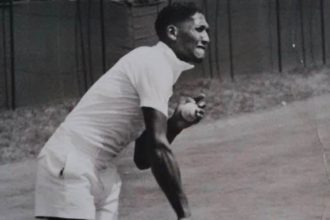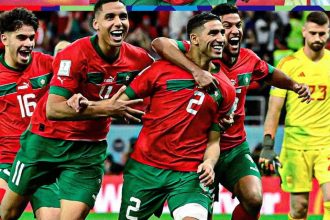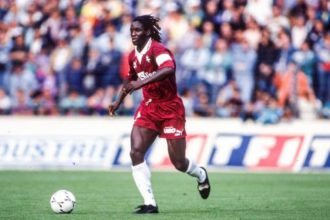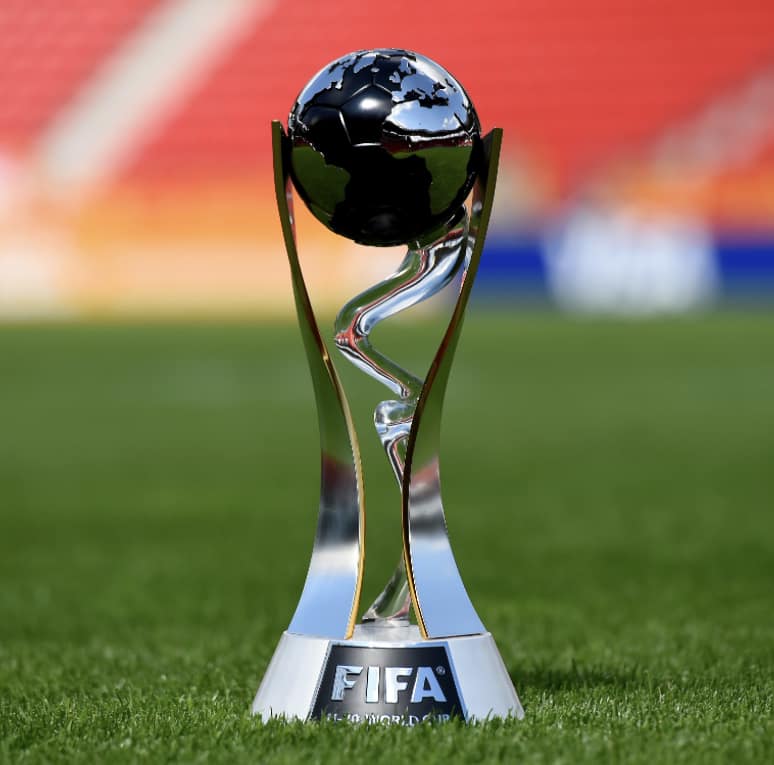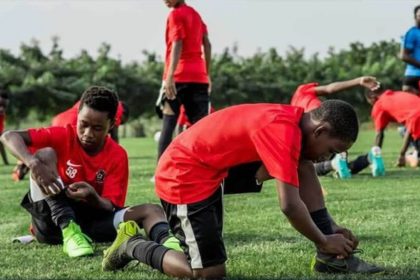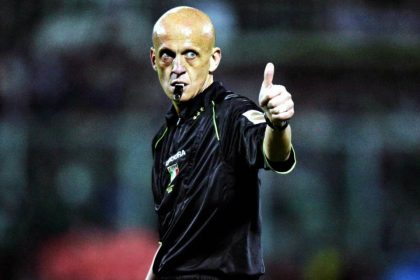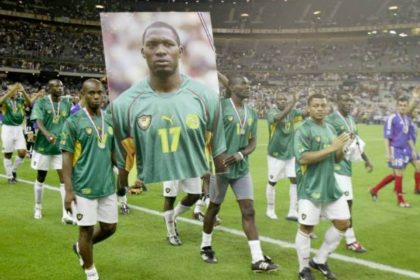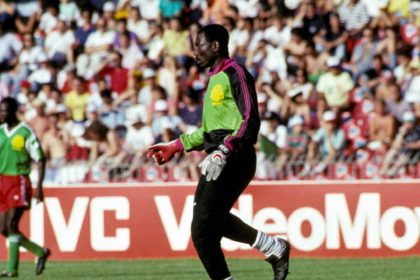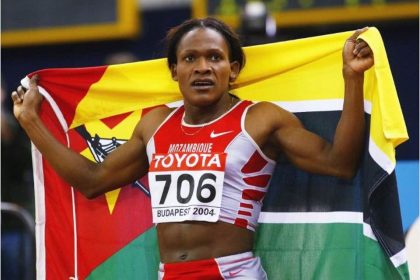Egypt’s Great Pyramid of Giza may be the only one of the Seven Wonders of the Ancient World that has remained largely intact, but when sports history is viewed with the benefit of hindsight in centuries to come, the contributions of the FIFA World youth championship to sports development will also be told with great admiration. Being a youth championship, many casual sports fans erroneously believe that the competition is lacking in importance or significance. But diehard football fans across the world, catching sight of their future heroes perennially from the biennial football world championship, consider the tournament as the “goose that lays the golden egg.”
The FIFA World youth championship is the second-oldest FIFA competition (after the World Cup). No wonder the international governing body of football labelled the men’s Under-20 World Cup as “the tournament of tomorrow’s superstars.” Rightly, I also think it is. My research yielded an overwhelming statistics of by far the highest number of future football superstars cutting their teeth from the FIFA World Youth Championship (now FIFA U-20 World Cup) and no other age grade competitions, football academies or programmes anywhere on earth. In fact, no other programme on earth remotely comes close to the championship, considering the number of footballers that have progressed in their careers to reach worldwide fame since the first edition was held in 1977 in Tunisia. Since the inaugural tournament, many of the world’s greatest players have graced the stage.
As the 23rd edition of the championship came to a close in June 2023, I think the likes of Cesare Casadei of Italy, Anderson Duarte of Uruguay and the Africa’s new kid on the block, goalkeeper Chijioke Aniagboso of Nigeria are set to become the next generation of footballing greats.
The inaugural FIFA World Cup in 1930 and the second one in 1934 were relatively successful. In January 1964, FIFA decided that the line-up for the 16-team finals of the 1966 World Cup tournament would include 10 teams from Europe, including hosts England (UEFA), four from Latin America (CONMEBOL) and one from the North America, Central America and Caribbean region (CONCACAF). That left just one place to be fought for by three continents: Africa, Asia and Oceania. As a result, African countries, led by CAF, boycotted the tournament after their demand for a guaranteed spot in the main draw was not met. It was a show of continental force that rocked FIFA to its foundations, hence the guaranteed one spot representation granted Africa for the first time in 1970.
This controversy came about because FIFA argued that the game was not well developed outside Europe and Latin America to guarantee more than one representative for Asia, Africa and Oceania combined in the Mundial. So when João Havelange, a Brazilian lawyer, businessman and former athlete came out to contest as the seventh president of FIFA in 1974, he promised to stage a world youth championship and made this the focus of his campaign for the presidency. Havelange’s vision was to create a bridge between the huge gulf between the standards of the game in Europe/South America and the fledgling rest of the world and this came to fruition three years later when 16 teams gathered for the inaugural competition in the African continent, specifically Tunisia, a host’s choice which was so deliberate. Hence the World Youth Championship was the brainchild of Havelange.
Now, what impact has the vision made on African football in the matter of churning out world beaters since the first tournament in 1977?
If you ask me, the U-20 World Cup has been a huge success. As well as showcasing the very best the beautiful game has to offer, the U-20 World Cup has a well-earned reputation for helping develop superstars-in-the-making. As a result, the rest of the world is fighting to catch up with Europe and South America at FIFA World Cup, which is the most prestigious association football tournament in the world. The likes of South Korea (semi-finalists in 2002), USA, quarter-finalists that same year, Senegal likewise; Ghana a penalty away from the semi-finals in 2010 while Costa Rica came within a penalty shootout defeat of reaching the semi-finals in 2014. Undoubtedly, the rest of the world has begun to catch up. It has been slow, but definitely a steady progress judging from the brilliant shows of Cameroon and Algeria in España ‘82 World Cup to the latest impressive last four finish of Morocco in Qatar 2022 World cup.
Uruguay’s first choice goalkeeper in the 1986 and 1990 World Cup tournaments, Fernando Álvez and his teammate, Rubén Paz, were together part of the revelations of the very first edition of the World Youth Championship in 1977. The 1979 edition had the powerful duo of Diego Maradona and Ramón Díaz for Argentina; but Djamel Menad of Algeria (81 caps) who was the highest goal scorer (4) in the 1990 AFCON-winning Desert Warriors was the first known African star to emerge from the World Youth Championship. Menad was a member of the 1979 Algerian youth team.
Menad progressed so smoothly to the senior side that he was already an established member of the Algerian Desert Warriors in the Mexico 1986 Mundial.
Carlos Aguilera and Enzo Francescoli who starred in the Uruguayan teams that won the 1983, 1987 and 1995 Copa América tournaments cut their teeth in the 1981 tournament, so also Josimar, the Brazilian full back at Mexico 86 FIFA World Cup and Jorge Buruchaga, the scorer of the winning goal for Argentina in the final of same 1986 Mundial against West Germany.
Youssouf Fofana of Ivory Coast, who was one of the earliest successful African footballers in Europe, emerged from the 1983 World Youth Championship. At a tender age of 17, just a year after this he became an integral part of the Ivorian Elephants to AFCON 1984 in his home country. He also went ahead to appear 188 times and scored 28 goals for Monaco in the mid to late eighties. Youssouf played alongside the likes of George Weah, Lilian Thuram and Youri Djokaeff in the Arsene Wenger’s tutored great Monaco side of 1989 to 1992. He also inspired Ivory Coast to its first continental trophy at AFCON 1992 in Senegal. This 1983 tournament also produced some global football greats like Brazil’s Bebeto, Dunga and Netherlands’ Marco van Basten.

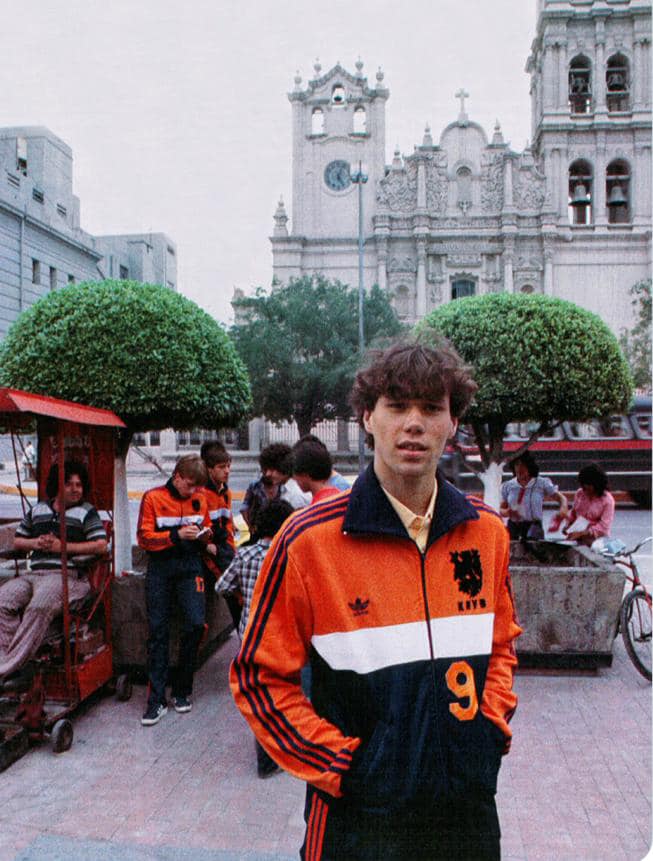
The eccentric Colombia goalkeeper René Higuita, who was attributed with the invention of the ‘scorpion kick’ maneuver he did at Wembley Stadium during a 1995 international friendly match between Colombia and England was revealed as a teenager during the 1985 World Youth Championship, together with the likes of goalkeeper Cláudio Taffarel and Müller, who were integral members of the Seleção that won the 1994 World Cup in USA. They all appeared for their respective country’s youth sides in 1985 too.
Davor Suker, Igor Štimac, , Robert Jarni, Robert Prosinečki, Zvonimir Boban were all part of the youth prodigies that won the Chile ‘87 FIFA U-20 World Cup for Yugoslavia and the five of them formed the core of the Croatian team that got to the semi-finals of the FIFA World Cup in 1998 and won the bronze medal.
Nigeria’s total dominance of the African youth tournaments in the eighties got to its Zenith when the Nigeria U-20 team (Flying Eagles) became the first African U-20 side to reach the final of a World Youth Championship where they lost to the enterprising Portuguese youth team that paraded the likes of Paulo Sousa who won the UEFA Champions League back to back in 1995-96 and 1996-97 with Juventus and Dortmund respectively and the teenage centre back Fernando Couto.
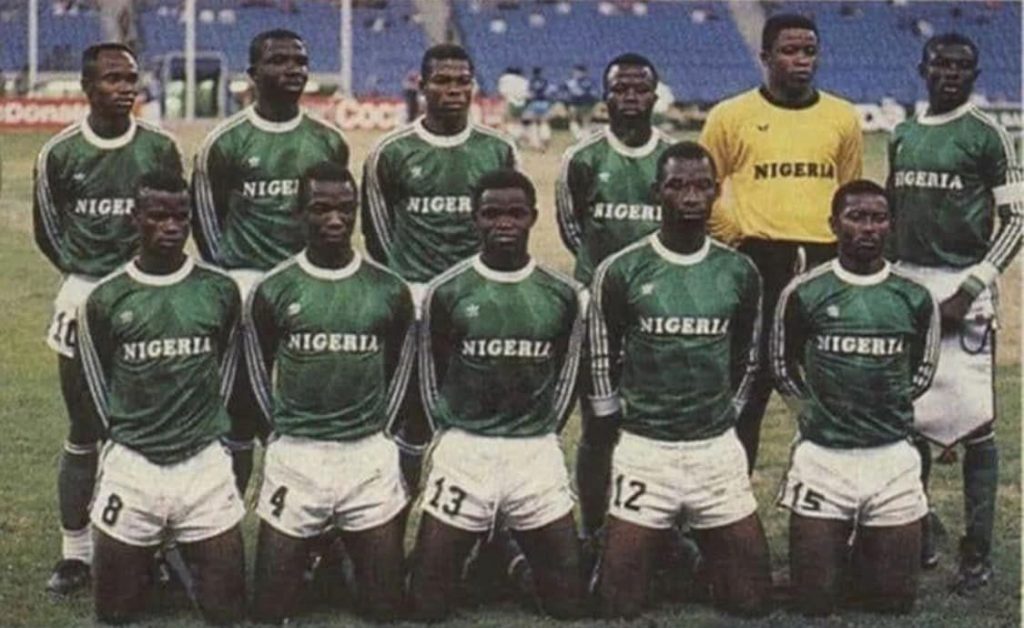
Young Mutiu Adepoju scored three goals in the 1989 tournament to emerge as one of the leading scorers. A Nigeria international for 12 years, Adepoju later appeared for his country in three World Cups and many Africa Cup of Nations including the AFCON 1994 in Tunisia won by Nigeria. Diego Simeoni of Argentina (the present coach of Atletico Madrid), Kasey Keller, arguably the greatest goalkeeper in the history of USA’s football also belonged to the 1989 World Youth Championship generation.
The Portuguese youth team that won the 1991 edition also yielded the likes of Rui Costa of AC Milan, Luís Figo of Real Madrid’s glory. Mauricio Pochettino of Argentina (the new Chelsea’s coach), Brazil’s Roberto Carlos, Dwight Yorke of Manchester United and Trinidad and Tobago were all revealed in this tournament.
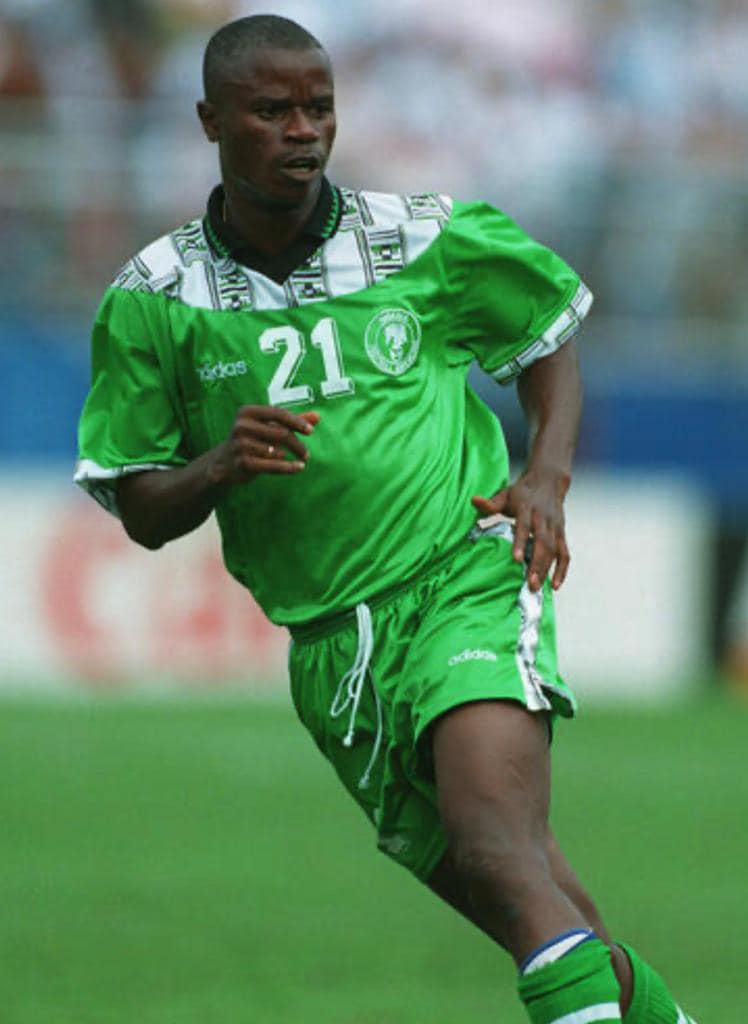
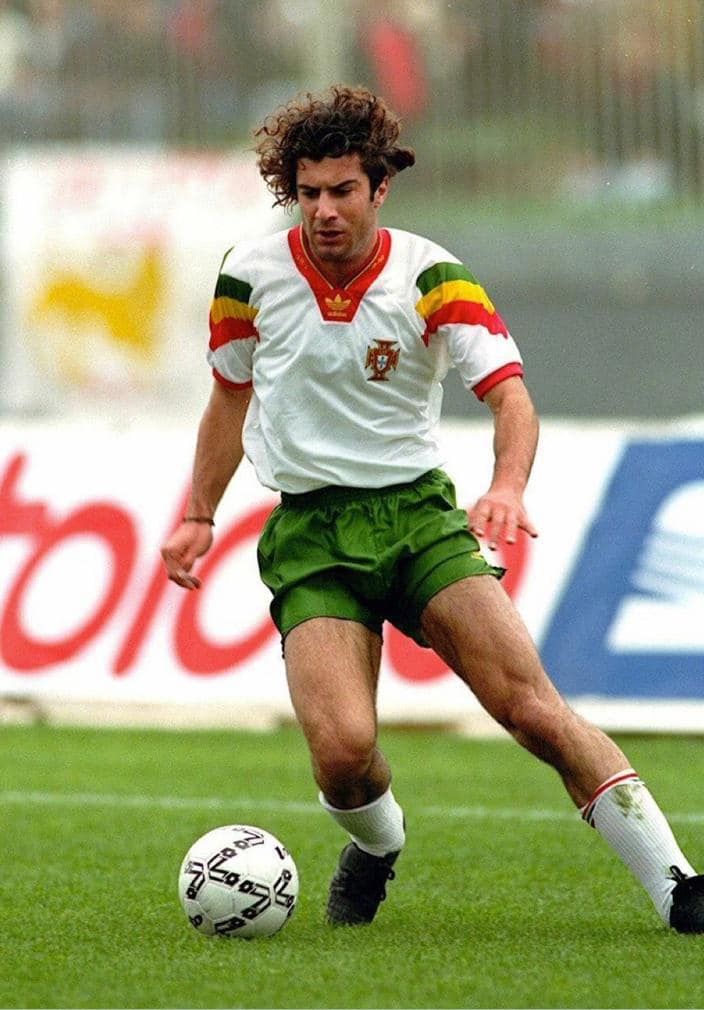
Osei Kuffour and Nii Odartey Lamptey were Africa’s future stars that came from the 1993 edition of the World Youth Championship. Kuffour, known for his physical power, is best remembered for his time with Bayern Munich, which he represented for over a decade, winning a total of 14 honours, and playing in nearly 250 official matches. Kuffour appeared with the Ghana national team in the 2006 World Cup, as well as in five Africa Cup of Nations.
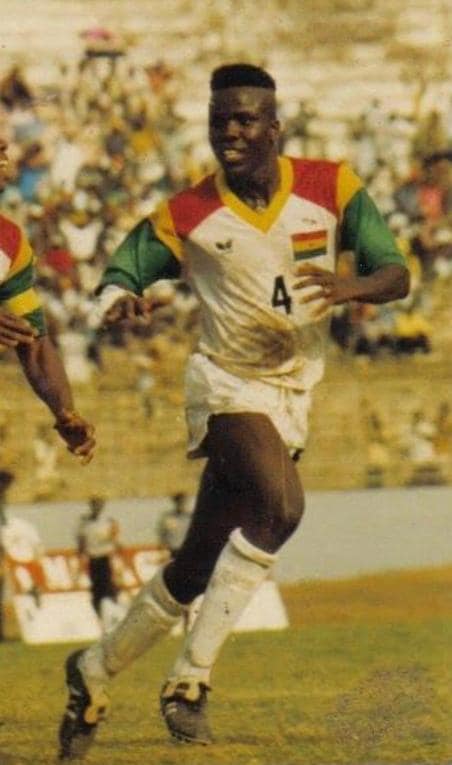
The 1997 edition yielded the likes of Thierry Henry, David Trezeguet of France who showed like galaxies. The likes of Michael Owen, Jamie Carragher, both of England; Nicolas Anelka, William Gallas of France too; and former Chelsea’s Damien Duff was part of the Irish youth team that beat Ghana to win the bronze medal of this 1997 tournament.
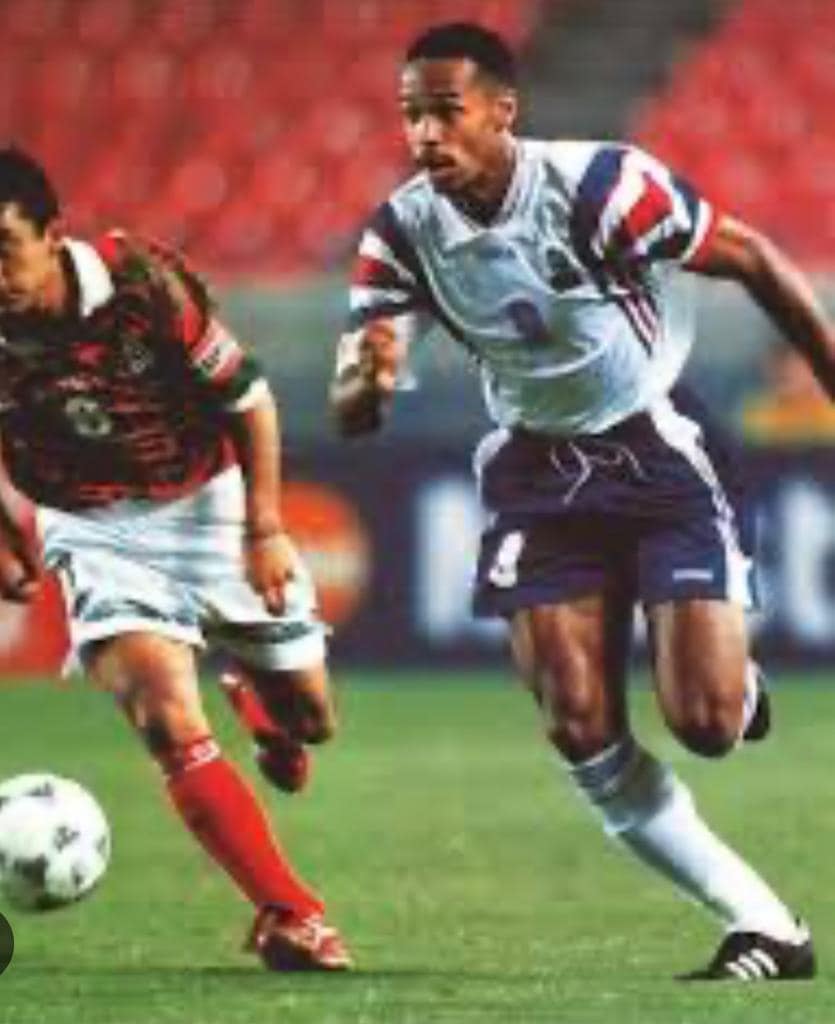
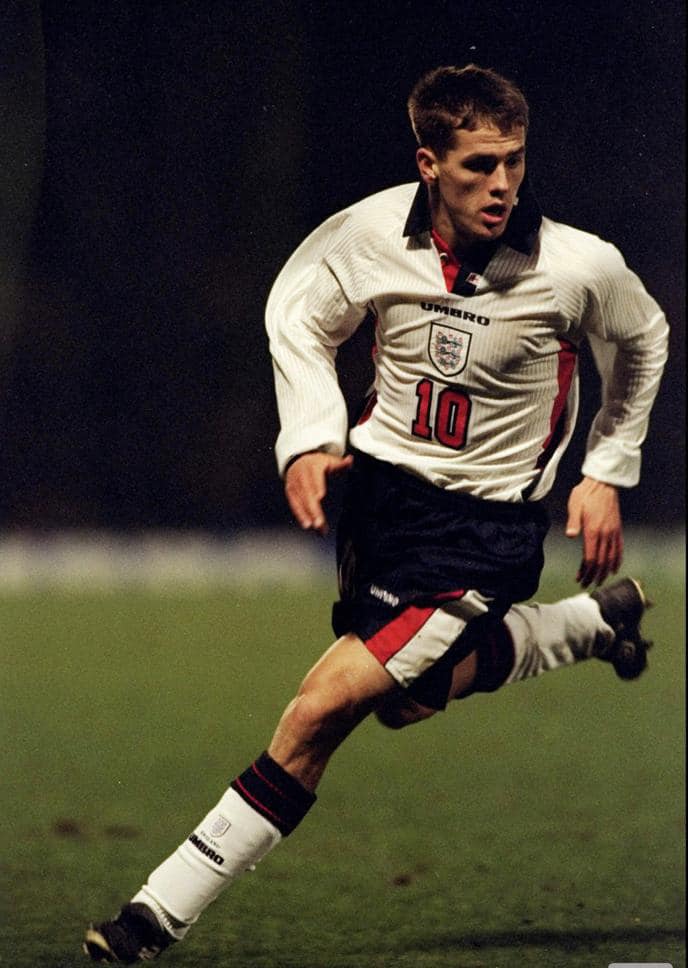
The Africa’s biggest revelation of the tournament was clearly Benni McCarthy who was an integral part of José Mourinho’s UEFA Champions League-winning FC Porto of 2003-04 season. McCarthy is the South Africa national team’s all-time top scorer with 31 goals. He was the joint top highest goal scorer (8 goals) in the 1998 Africa cup of Nations in Burkina Faso.
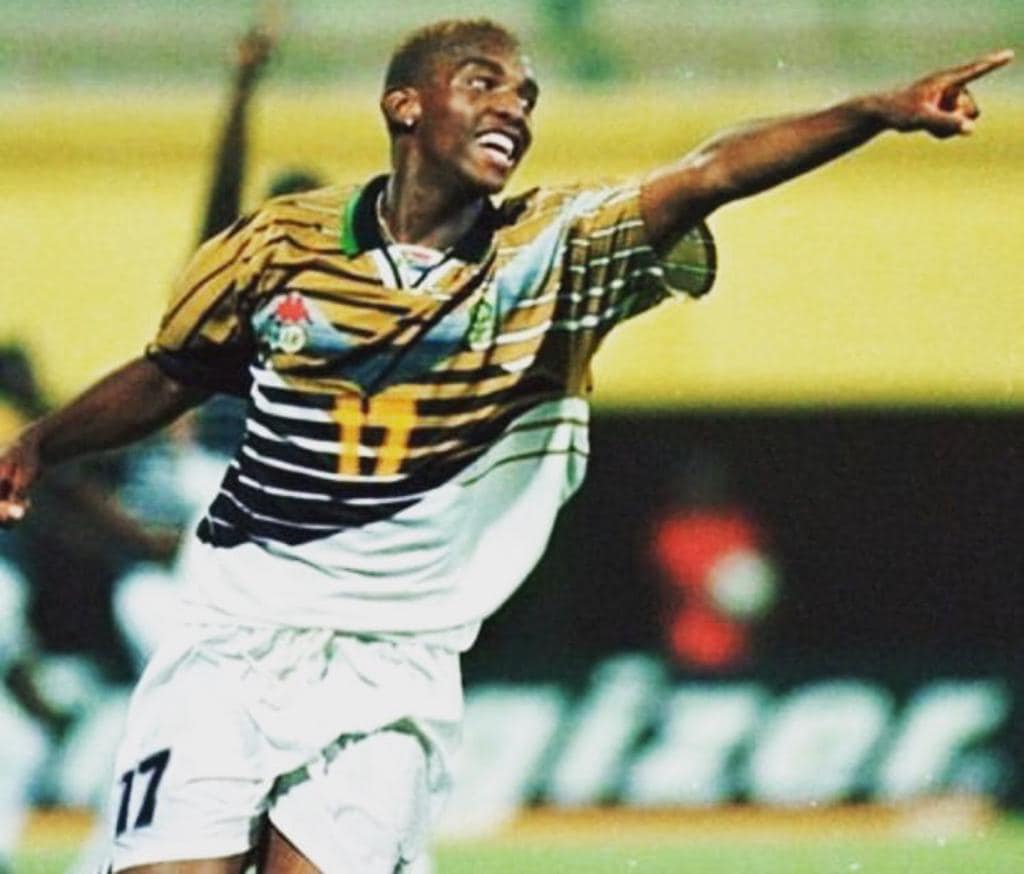
The 1999 edition in Nigeria had the likes of Rafael Márquez, the Mexican defensive midfielder of Barcelona; Diego Forlán of Uruguay, who went ahead to win the most valuable player in the 2010 World Cup in South Africa; Júlio César of Brazil, the treble-winning goalkeeper of Inter Milan in 2010. Ashley Cole, Peter Crouch, England; Ronaldo de Assis Moreira (Ronaldinho), widely regarded as one of the greatest players of all time also played in this tournament. The all-conquering Spanish side of this tournament had in its ranks future stars like Carlos Marchena of Valencia, Xavier Hernández Creus (Xavi) of Barcelona, goalkeeper Iker Casillas of Real Madrid, who were all core members of the 2010 World Cup-winning team of Spain. But Mahamadou Diarra of Mali, who later played defensive midfield for Real Madrid and Seydou Keita of Barcelona fame who was his teammate were the golden boys of Africa in the 1999 championship. Seydou Keita became the first Malian player to ever represent the Catalans. He played alongside the likes of Andrés Iniesta, Samuel Eto’o, Lionel Messi. Xavi, Thierry Henry in the great Barcelona side that introduced the “Tiki-Taka” brand of football to the world.
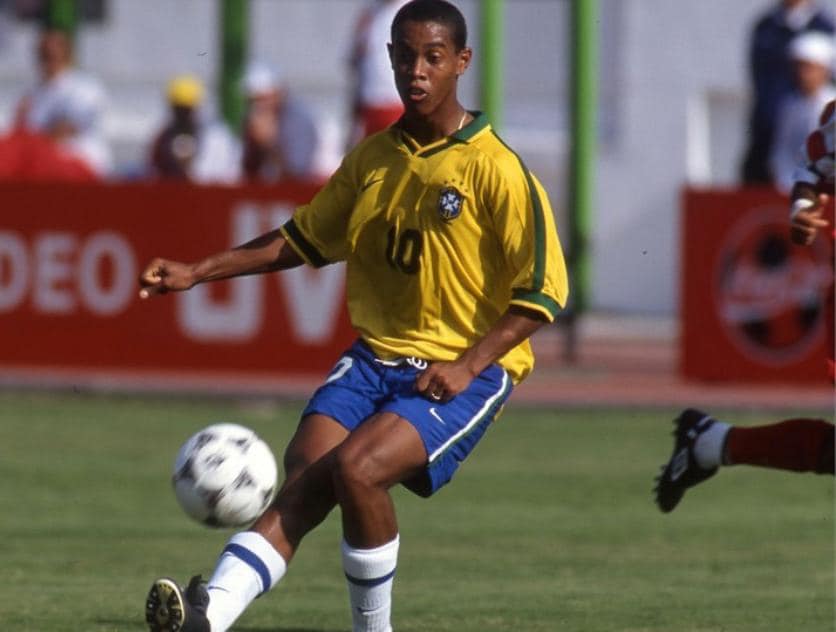
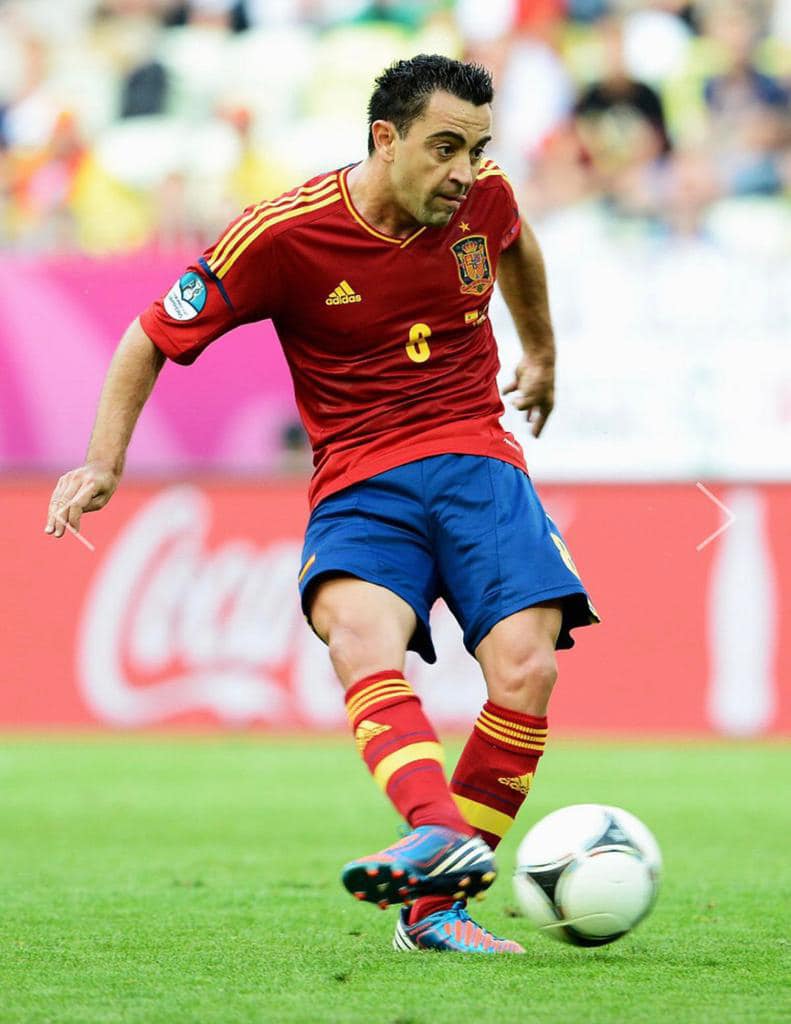
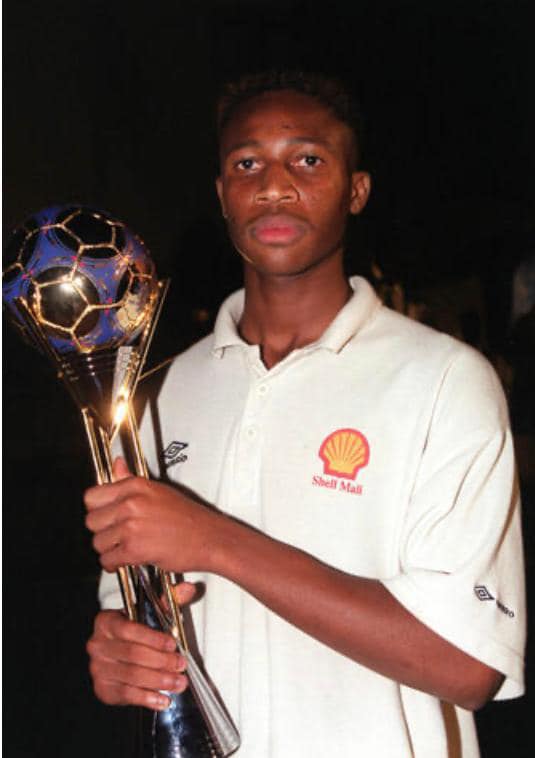
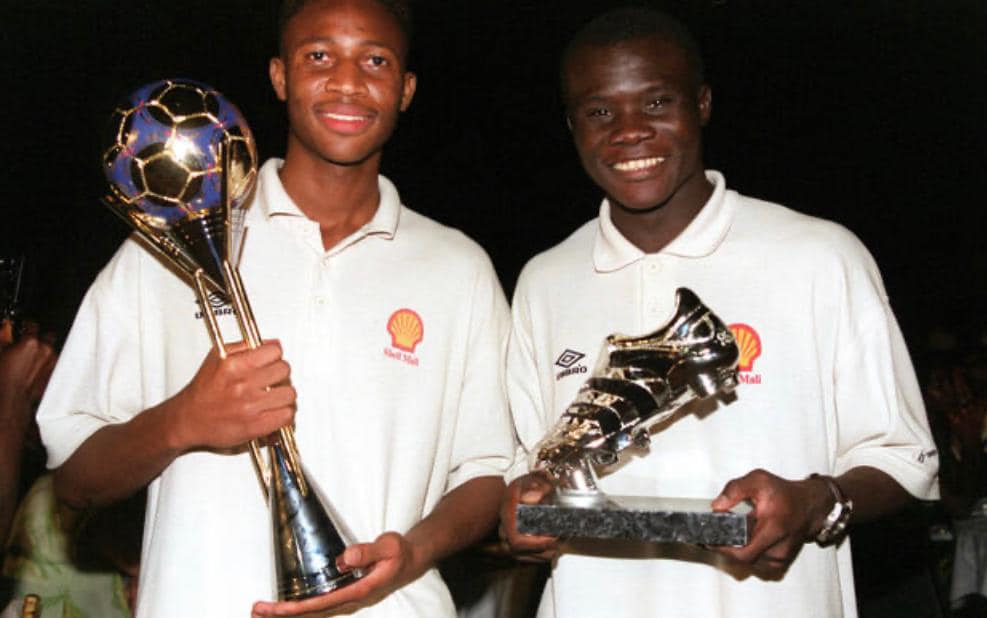
The 2001 edition in Argentina was the stage that Javier Saviola fully dominated. He was not only the best player but the highest goal scorer with 11 goals. He later starred for Barcelona. The Chelsea’s legendary goalkeeper, Petr Čech also appeared for Czechs Republic in this World Cup. Holland’s Arjen Robben, the supremely-gifted playmaker and the 2007 World Player of the Year Kaká, and the former inter Milan free scoring striker Adriano played for Brazil in this 2001 edition too.
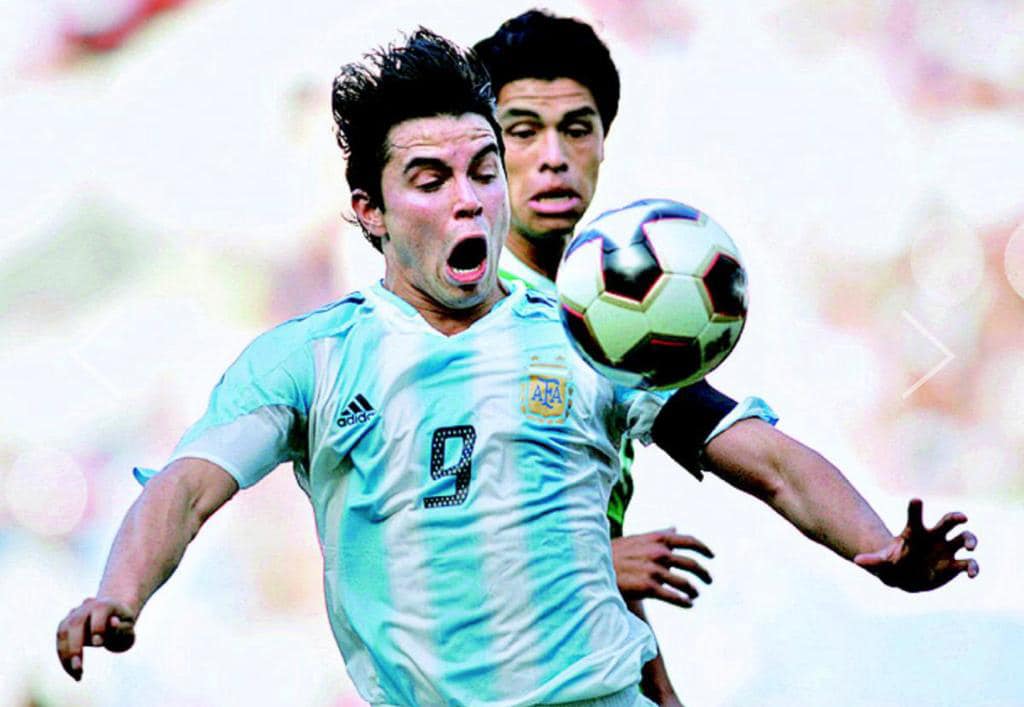
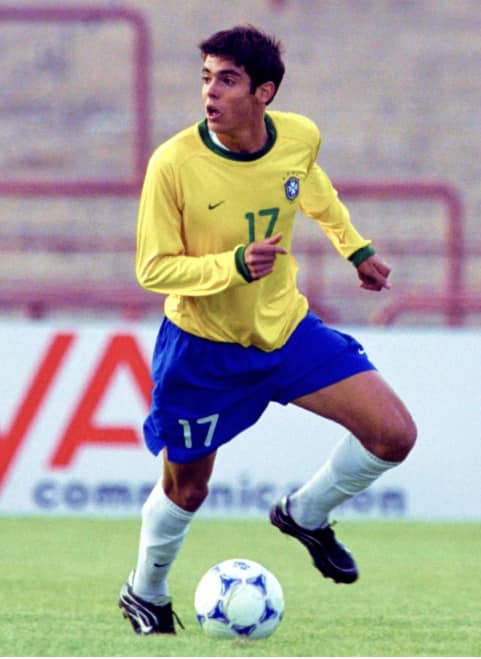
The Ghanaian youth team that lost to Argentina in the 2001 final with the likes of Michael Essien, Sulley Muntari, John Paintsil and John Mensah, who were all core members of the Black Stars that reached the quarterfinals of the FIFA 2010 World Cup in South Africa were the highlights of Africa’s youth football in 2001. In 2005, barely 4 years after appearing in the World youth championship, Essien signed with Premier League side Chelsea for a £24.4 million transfer fee and, at the time of his signing, was the most expensive African footballer in history.
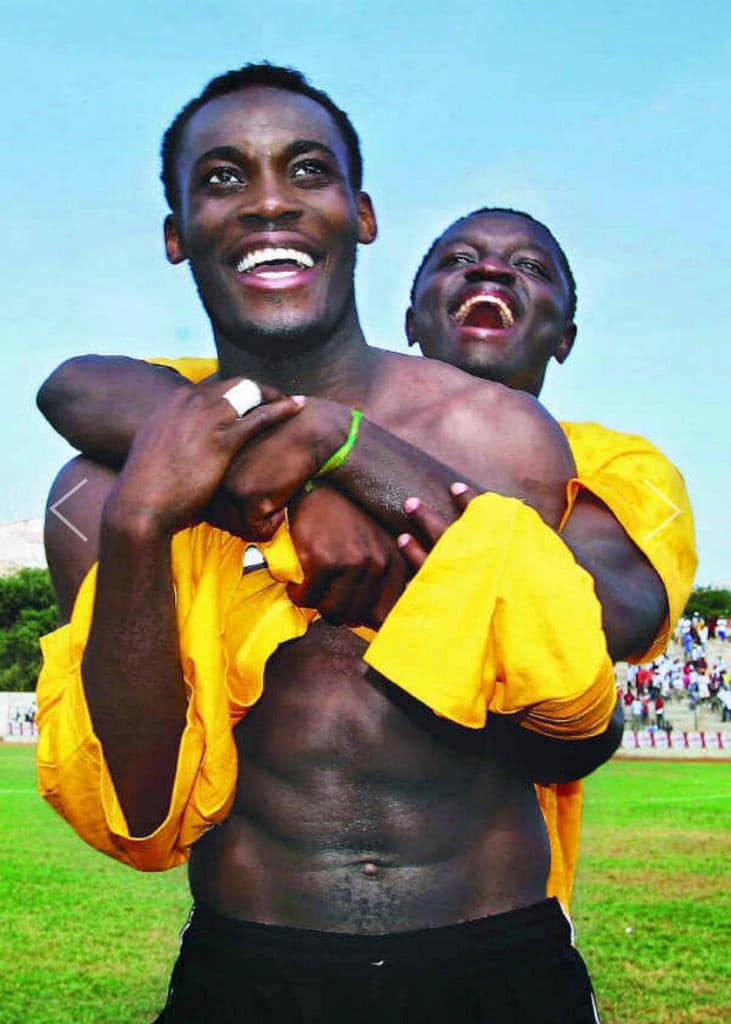
The poster boy of world football, the then 18-year-old Lionel Messi weaved his magic as Argentina claimed its fifth of six FIFA U-20 World Cup in 2005. It beat Nigeria 2-1 in the final, with Messi scoring both the goals from the penalty spot. He bagged the Golden Ball, given for the best player of the tournament, and the Golden Boot after he finished top scorer with six goals. Undoubtedly, Nigeria’s John Mikel Obi was the Africa’s revelation of this tournament. It was here that he was discovered by Chelsea FC and went on to play 11 straight seasons for the London club. He reached the pinnacle of his career there in 2013 when he won the UEFA Champions League with his club and was the pivot of the Nigeria National team who were African champions of same year.
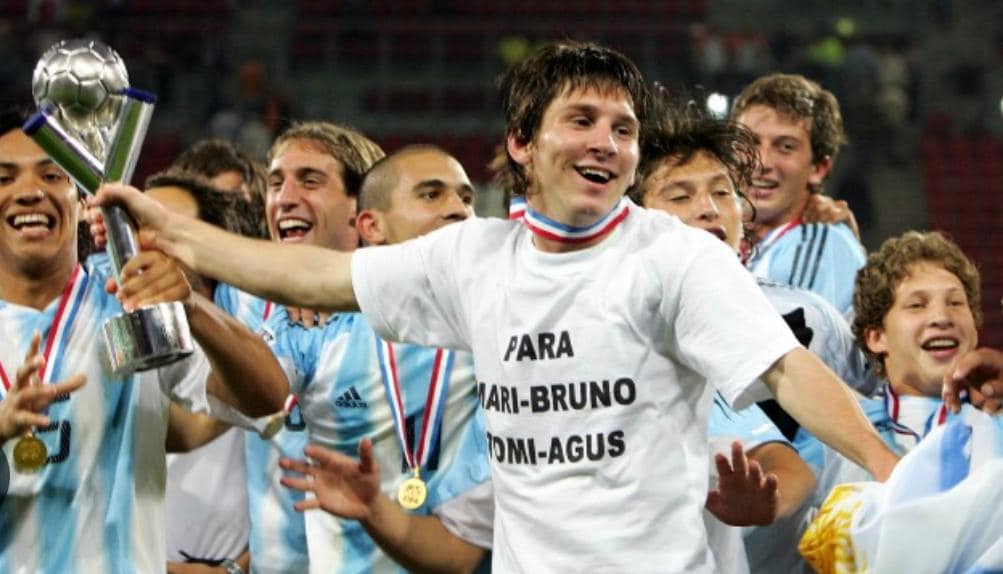
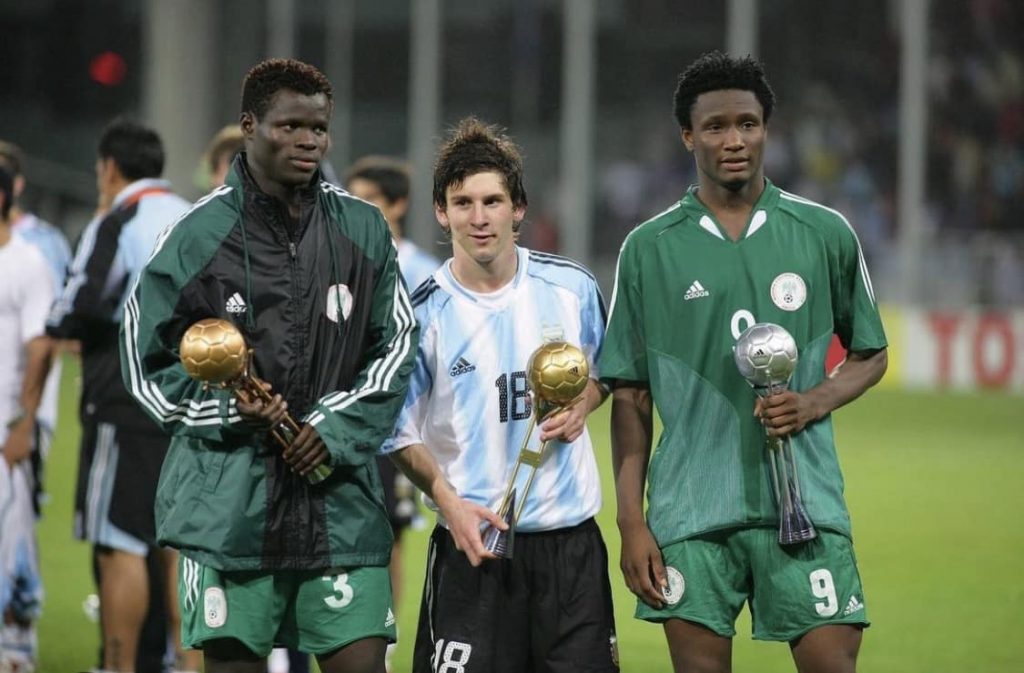
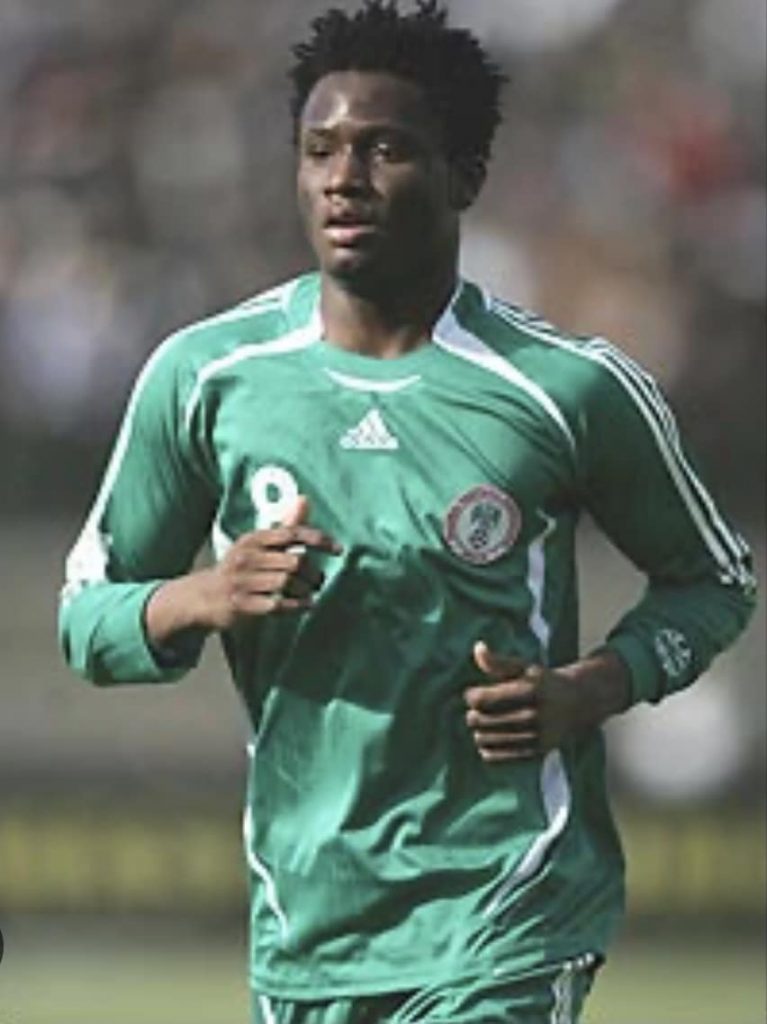
Cesc Fàbregas and Sergio Agüero were also part of the discoveries. This 2005 tournament was the last named as FIFA World Youth Championship. In 2007, it was renamed FIFA U-20 World Cup.
It is pertinent to note that the transitions of footballers from the U-20 championships to the senior side are almost seamless and instant. As a matter of fact, seven former World youth championship lads, Van Basten, Diego Maradona, Luís Figo, Michael Owen, Kaká, Ronaldinho Gaúcho, Lionel Messi, all went ahead to win the World best player and Ballon D’or awards.
Indeed, this is the tournament of future superstars.
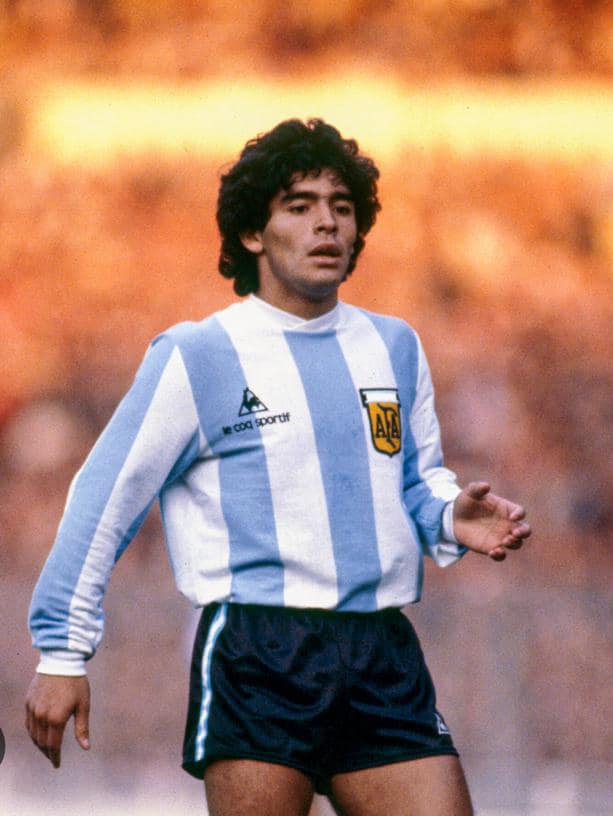
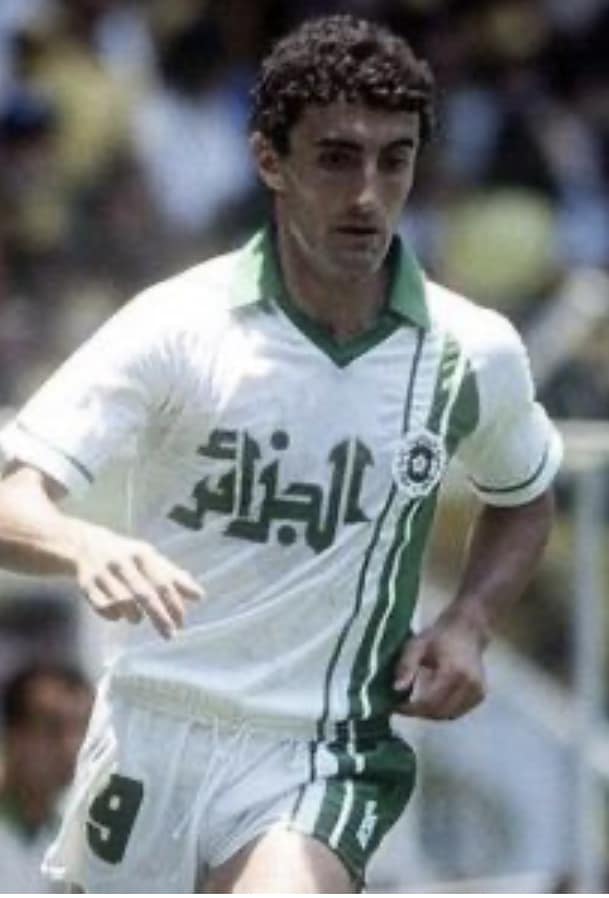
References:
- John F. Molinaro – CBC Sports, September 16, 2009.
- 51 FIFA U-20 World Cup best players of all time.
- By Andrew Kovacs of Metroleague, February 2013
- FIFA U-20 World Cup: Stars of the past.
- May 19, 2017, Team Sportstar
Edited by Bimbo Ajayi


